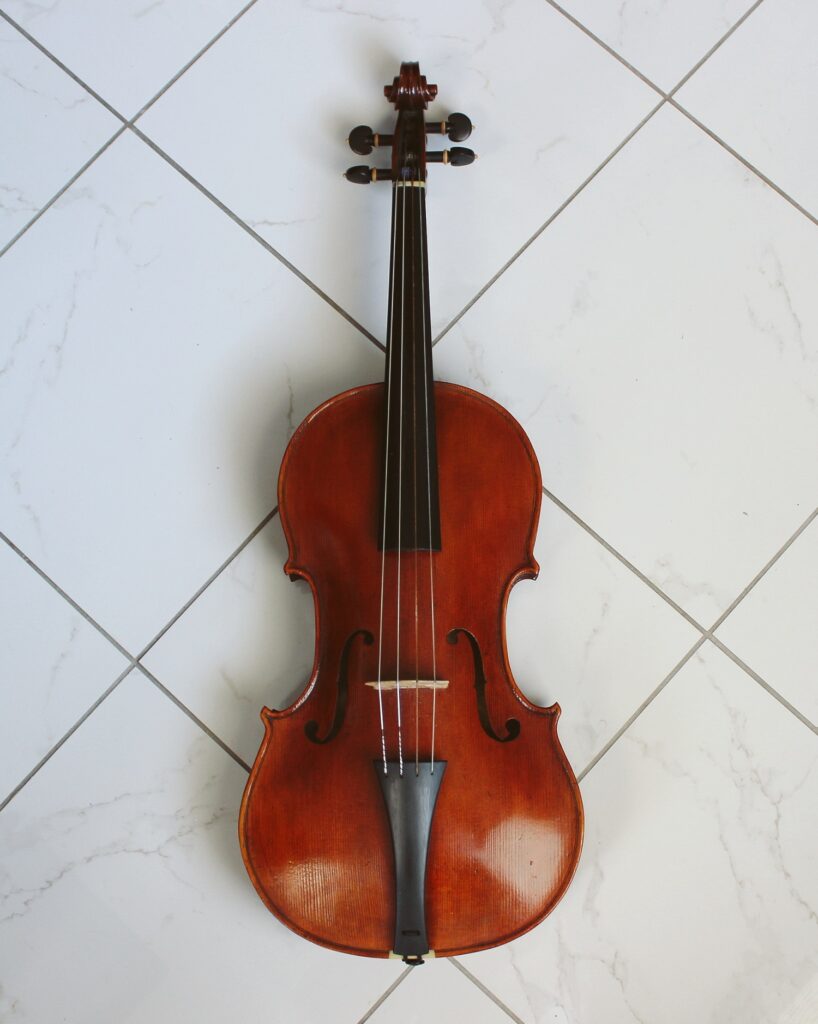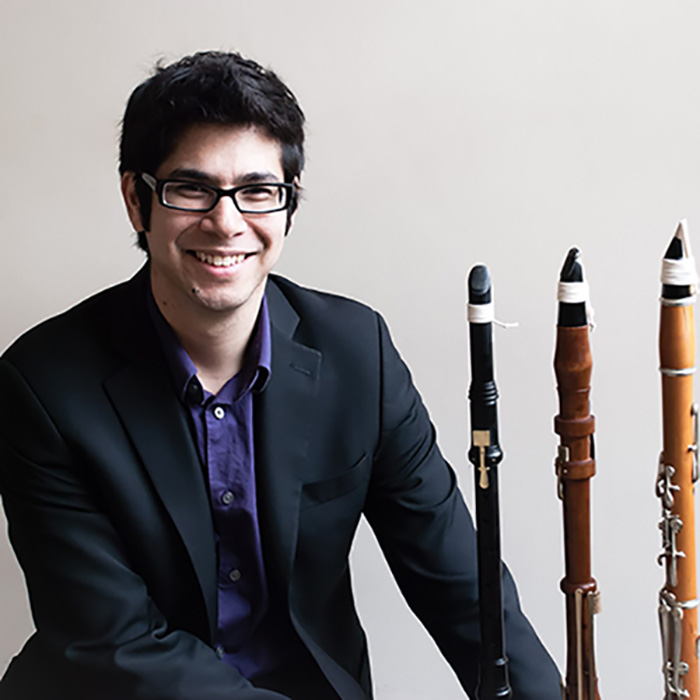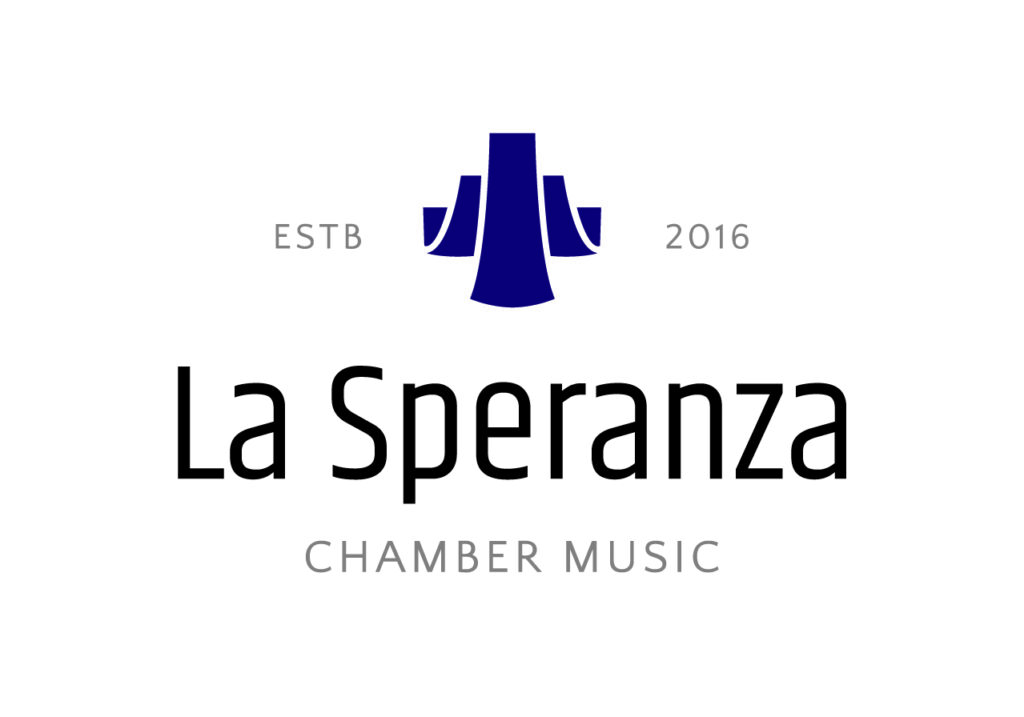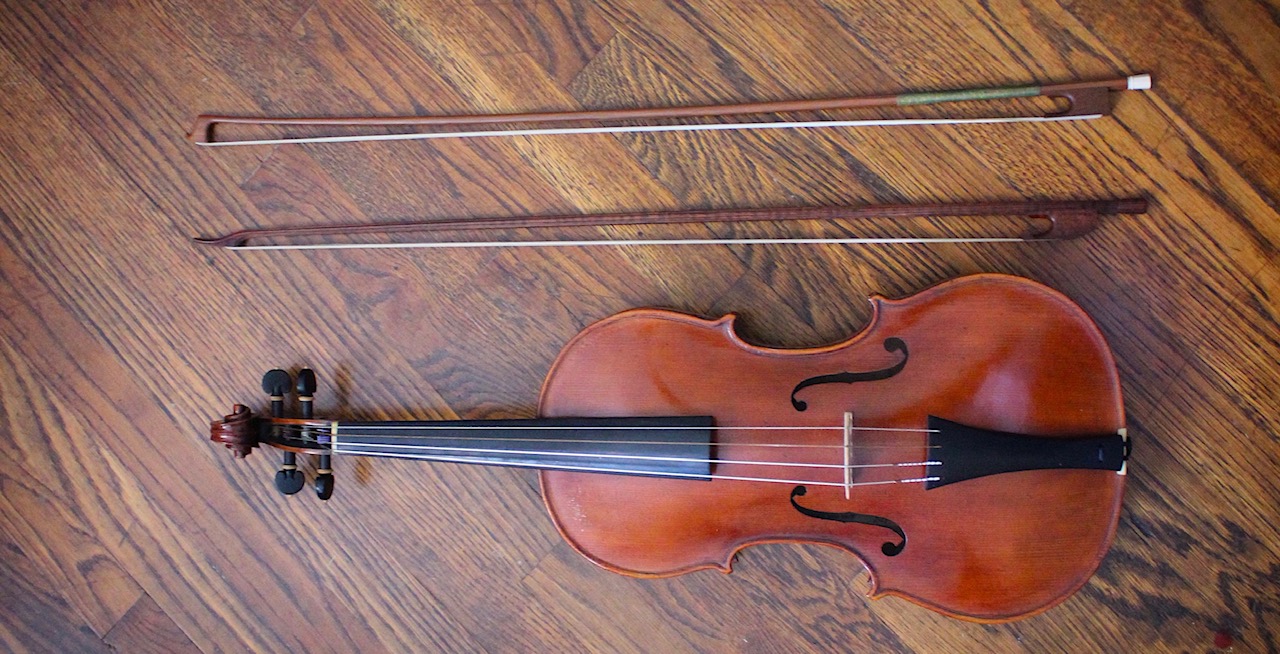The instruments that our musicians play for each of our performances are originals or replicas of instruments directly from the 18th and 19th centuries. We call these instruments period instruments. Our reliance on period instruments makes La Speranza unique in our field.
The stringed instruments you’ll see and hear at La Speranza’s performances like the violin, viola, cello, and double bass have gut strings instead of steel strings. These create a warmer tone and make the instruments even more responsive and nuanced. The violins and viola have no chin rest or shoulder rest, freeing up the instrument to resonate beautifully. The bows are weighted heavily towards the frog (where the hand holds the bow) so that musicians can shape each note generously.

The wind instruments you’ll see and hear are made of organic materials like boxwood, and they have much fewer keys than their modern counterparts. Thomas Carroll, clarinetist with La Speranza, builds his own period instruments from drawings of early instrument makers.

La Speranza also uses harpsichord and fortepiano instead of the modern piano. The harpsichord is used for the Baroque repertoire (1600 – 1750 ish), and the fortepiano is used for the Classical era repertoire. In chamber music, the harpsichord is used to supplement the bass line. The harpsichordist plays and improvises complete chords from reading only the bass line. The sound of the fortepiano decays more quickly than a modern piano, making room for much more expressive timing and playing in music from the Classical era (1750 ish to 1850).
Period instruments are tuned lower than their modern counterparts, which creates a more intimate sound. At the end of our performances, our audience leaves relaxed and rejuvenated. Modern instruments are tuned between A440-443Hz in the United States, but La Speranza plays as low as A415Hz and most commonly, at A430Hz. In fact, La Speranza is the preeminent chamber music ensemble in the United States that performs Classical era repertoire exclusively at A430Hz!

